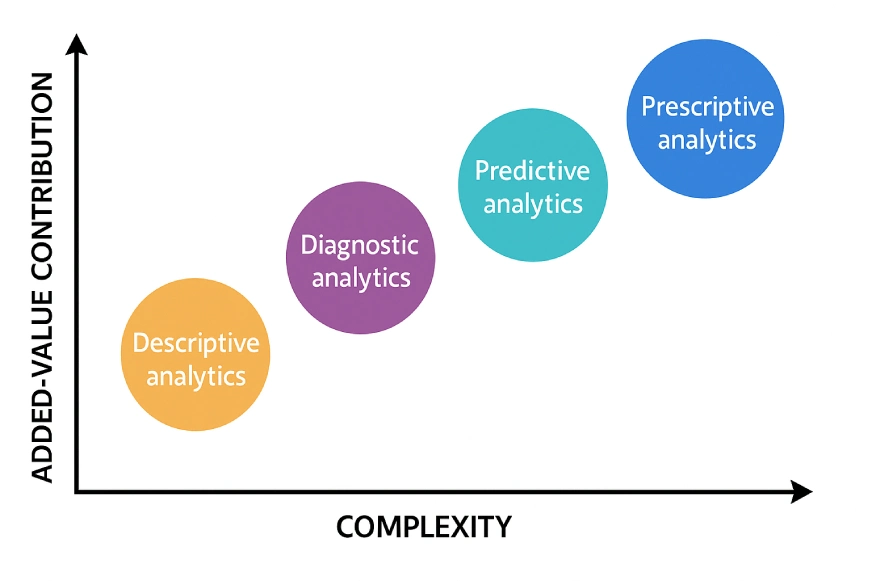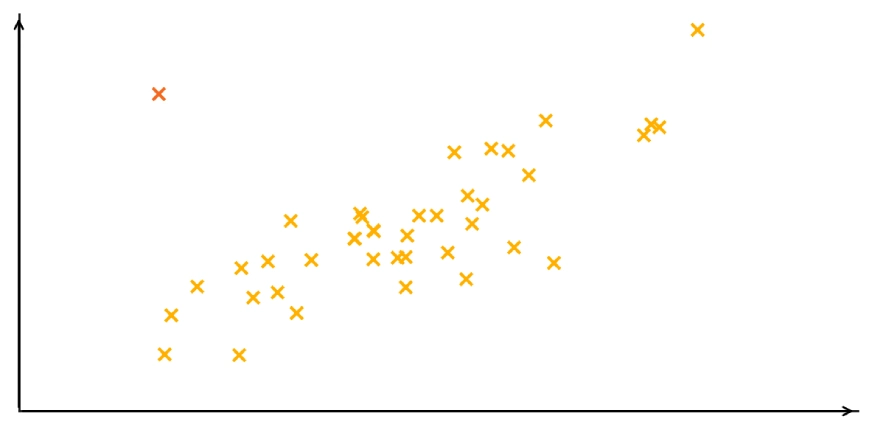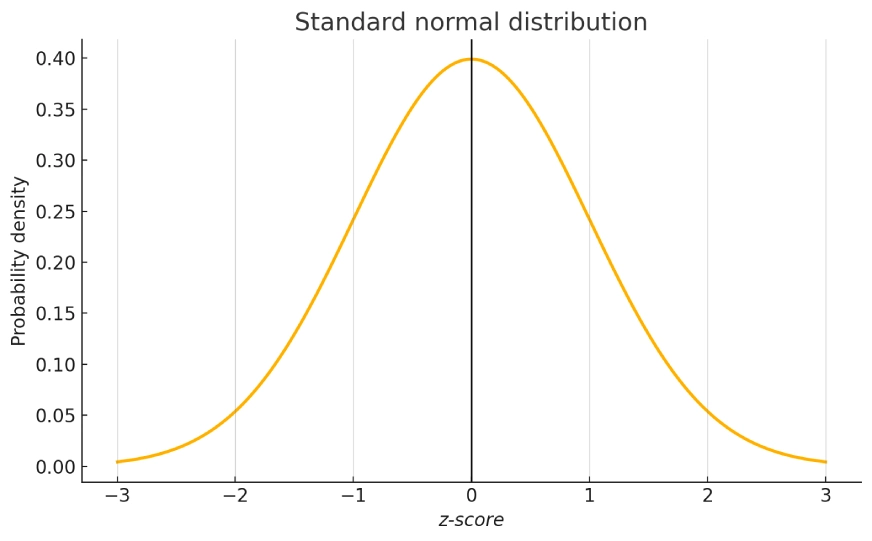Data and Information about a Customer are important for all businesses and companies. For a business to be data-driven, a Company needs to be highly data-driven and focus highly on customer analytics. Information about customers can be collected from many sources. It may be data collected during online purchase transactions, sales at retail stores, online surveys, etc. All this data can give valuable insights into the customer’s demographics, interests, purchasing power, etc. To understand all this, we take the help of customer analytics.
This article was published as a part of the Data Science Blogathon.
Table of contents
- What is Customer A nalytics?
- 1. What is the Aim of Customer Analytics?
- 2. What are the Main 4 Types of Analyt ics?
- 3. What is Clustering?
- 4. What is Product Analytics?
- 5. What is Customer Lifetime Analytics?
- 6. What are Some of the Best Customer Analytics Tools?
- 7. Mention Some Differences Between Customer Analytics and Web Analytics?
- 8. What is Customer Service Analytics?
- 9. What Teams Contribute to the Customer Analytics Process?
- 10. What are Some of the Best Customer Analytics Practices?
- 11. What is an Outlier? Give an example of a Real-life Outlier in a Dataset.
- 12. What is Collaborative Filtering?
- 13. Explain Normal Distribution
- 14. What is Time Series Analysis, and What are Some Fields Where it can be Used?
- Conclusion
What is Customer Analytics?
Customer analytics is the process of using analytics to study customer behavior. This is done in order to make better business decisions. As a result, it is a process of studying customer data and information. This leads us to understand and interpret customer behavior in order to make effective business decisions. As a result, many businesses use this information for site selection, direct marketing, and other purposes. Customer analytics can help you attract and retain the most profitable customers.
Customer Analytics is a very important topic for Data Analyst, Product Analyst, and other data-oriented roles. Let us check some top Customer Analytics Interview Questions.
1. What is the Aim of Customer Analytics?
Customer analytics creates a single, accurate view of an organization’s customer base. Teams use this view to make informed decisions on acquiring and retaining customers. It also helps identify high-value customers and recommends proactive engagement strategies.
When implemented effectively, customer analytics supports multiple areas of the business. It helps forecast consumer responses to marketing and advertising campaigns, adapt branding strategies, and understand the customer experience. Teams can also evaluate customer satisfaction, campaign performance, and other key factors.
2. What are the Main 4 Types of Analytics?
There are four types of analytics: descriptive analytics, diagnostic analytics, predictive analytics, and prescriptive analytics.

3. What is Clustering?
Clustering divides a dataset into groups where items within the same group are more similar to each other than to those in other groups. We call each of these groups a cluster, based on how similar or different the objects are.
For example, in Customer Analytics, analysts can group customers based on factors like spending habits, income, profession, and other demographic details.
4. What is Product Analytics?
Product analytics is a powerful set of tools that enables product managers and teams to evaluate the performance of the digital experiences they create. Product analytics provides critical data for optimizing performance, diagnosing problems, and correlating customer activity with long-term value. Several examples of applications of product analytics in business include:
- Identifying the most active clients to increase retention.
- A/B testing new features to make quick conclusions about the product.
- Identifying the app’s retention hook to keep users coming back.
- Tracking users from the landing page to the checkout page.
5. What is Customer Lifetime Analytics?
In a broad sense, a customer’s lifetime overlaps with the customer’s journey and experience. However, the Customer Lifetime Value is valuable in this type of analytics (CLTV). This metric indicates how much revenue you can expect from a single customer throughout the business relationship.The process for calculating this metric may vary depending on your business; in some cases, bringing in a consultant may be more effective in identifying the right formula for your company. However, multiplying the average retention rate by the average number of purchases and then multiplying the product by the average deal total is a simple way to calculate this metric.
6. What are Some of the Best Customer Analytics Tools?
Some of the best Customer Analytics tools are Google Analytics, Adobe Analytics, MixPanel, IBM Watson Customer experience analytics, and so on.
7. Mention Some Differences Between Customer Analytics and Web Analytics?
Customer analytics is primarily concerned with converting customer knowledge into actions for the organization and thus includes a customer-facing department.Web analytics is primarily concerned with online data and website usage optimization and thus does not include a customer service department.
Customer Analytics works with actual and genuine customers who are interested in a product or service.
On the other hand, Web analytics is concerned with anonymous data traffic rather than individual customers.
8. What is Customer Service Analytics?
Customer service analytics is gathering and analyzing customer feedback to gain useful insights. It can assist you in better understanding your customers’ needs and expectations, leading to better customer experience (CX) strategies and increased customer loyalty and retention.
For example, customer service analytics enable us to identify customer pain points and ways to position our business or product as a solution to those issues. Even the effectiveness of the customer service channels can be evaluated.
9. What Teams Contribute to the Customer Analytics Process?
An interdisciplinary group of leaders from various departments, such as marketing, sales, customer service, information technology, and business analysts, frequently manages customer analytics. To obtain meaningful insights, the group must agree on which business metrics can provide a complete picture of the customer experience.
10. What are Some of the Best Customer Analytics Practices?
Some important Customer analytics best practices are as follows:
- Analyze how to distribute a product or service to customers across all channels.
- Assess and comprehend customers about the brand and whether or not a customer is satisfied. This can be accomplished by combining quantitative and qualitative surveys.
- Engage with customers at the appropriate time and through the appropriate channel.
- Predict churn and take steps to increase a customer’s lifetime value.
- To increase sales, identify trends in big data, and analyze online behavior.
- Optimize the customer journey through personalized selling and market segmentation by determining which customers are likely to purchase one product over another.
11. What is an Outlier? Give an example of a Real-life Outlier in a Dataset.
Outliers in a dataset are values that considerably deviate from the average of a dataset’s defining characteristics. We can identify either measurement variability or an experimental error with the aid of an outlier.For example, in a retail dataset of 100 customers, 96 customers have purchased in the range of 1000-2000. The other four entries are 9000, 6800, 7000, and 12000. These four data points are very far away numerically from the other data. Hence, they qualify as outliers.

12. What is Collaborative Filtering?
Collaborative filtering (CF) generates a recommendation system based on user behavioral data. It eliminates information by scrutinizing user behaviors and data from other users. This approach assumes that persons who agree to assess specific goods will probably continue to do so. Users, things, and interests comprise the three main components of collaborative filtering.
The field of e-commerce offers one of the best instances of collaborative filtering. An e-commerce website that you browse will present you with some suggested products, as you can see. There are some items there that are an exact match to what you were looking for. Now, you might wonder how the website can discern your interests. Collaborative filtering is solely to blame for everything. Amazon has one of the best Collaborative Filtering models, which shows similar products to all their customers.
13. Explain Normal Distribution
The Normal Distribution is also called the bell curve or the Gauss distribution. It is a fundamental concept in statistics and the foundation of machine learning. It specifies and quantifies how the means and standard deviations of a variable’s values differ, or how the values are dispersed.

14. What is Time Series Analysis, and What are Some Fields Where it can be Used?
When working with trend analysis and time-series data, in particular, time-series analysis, or TSA, is a widely used statistical technique. The presence of the data at specific time intervals or predetermined periods is a feature of time-series data. Time-series analysis is a technique for analyzing data points over time. Time series analysts record data points at consistent intervals over a set period rather than intermittently or randomly.
Numerous fields use time series analysis, including statistics, business, economics, and many others. In Customer Analytics, TSA can be used for Sale Prediction, Web traffic prediction, and so on.
Conclusion
The customer journey can be optimized by businesses that have a thorough understanding of their clients’ purchasing patterns and lifestyle preferences. Large quantities of precise data are necessary for accurate analysis. Without it, analysis insights could be completely off and useless.
To summarise:
- Customer analytics is the process used by businesses to gather and understand customer data in order to improve decisions.
- It often takes the form of software that gives businesses knowledge of how their users behave.
- Studies show that businesses that use customer analytics are more profitable, and these insights drive businesses’ efforts in sales, marketing, and product development.
The most well-known brands in the world today take their consumer analytics very seriously. The financial performance of the business can greatly be changed by customer analytics.
The media shown in this article is not owned by Analytics Vidhya and is used at the Author’s discretion.




Hi Prateek Majumder, Thank you for sharing very informative article! It will useful whoever searching a job in data analytics domian!